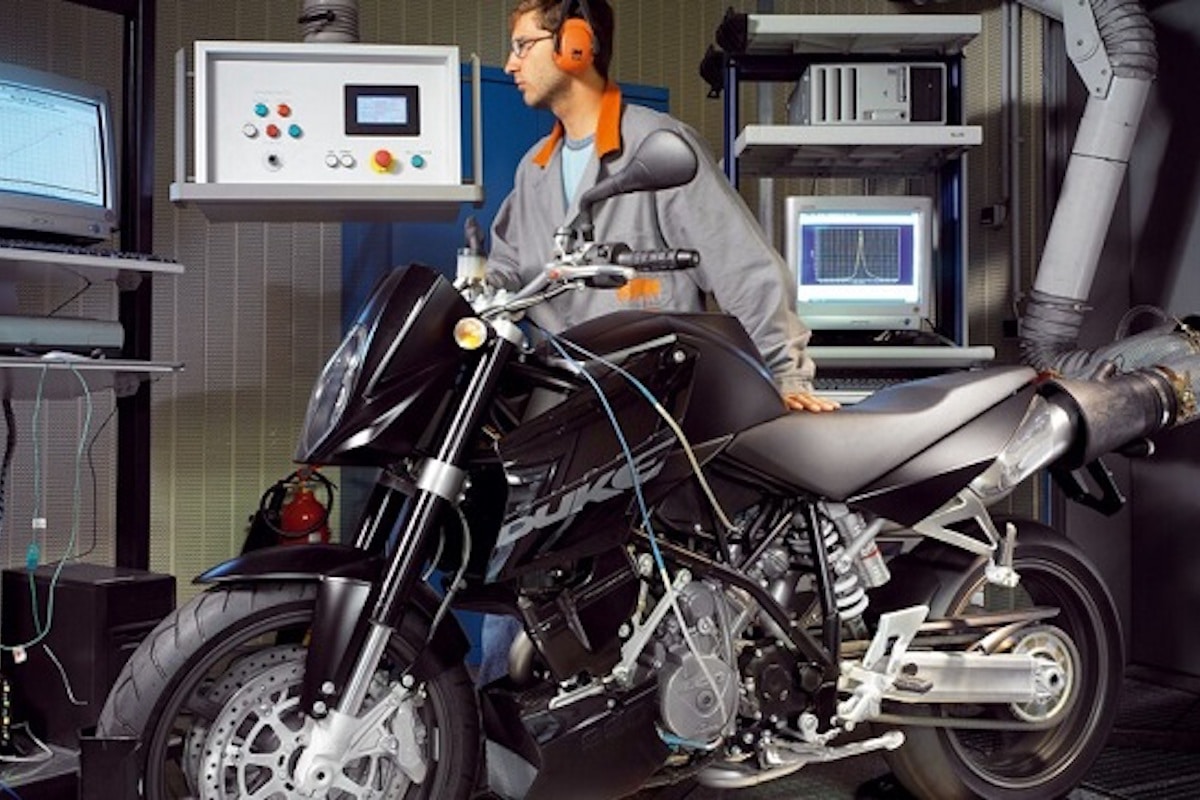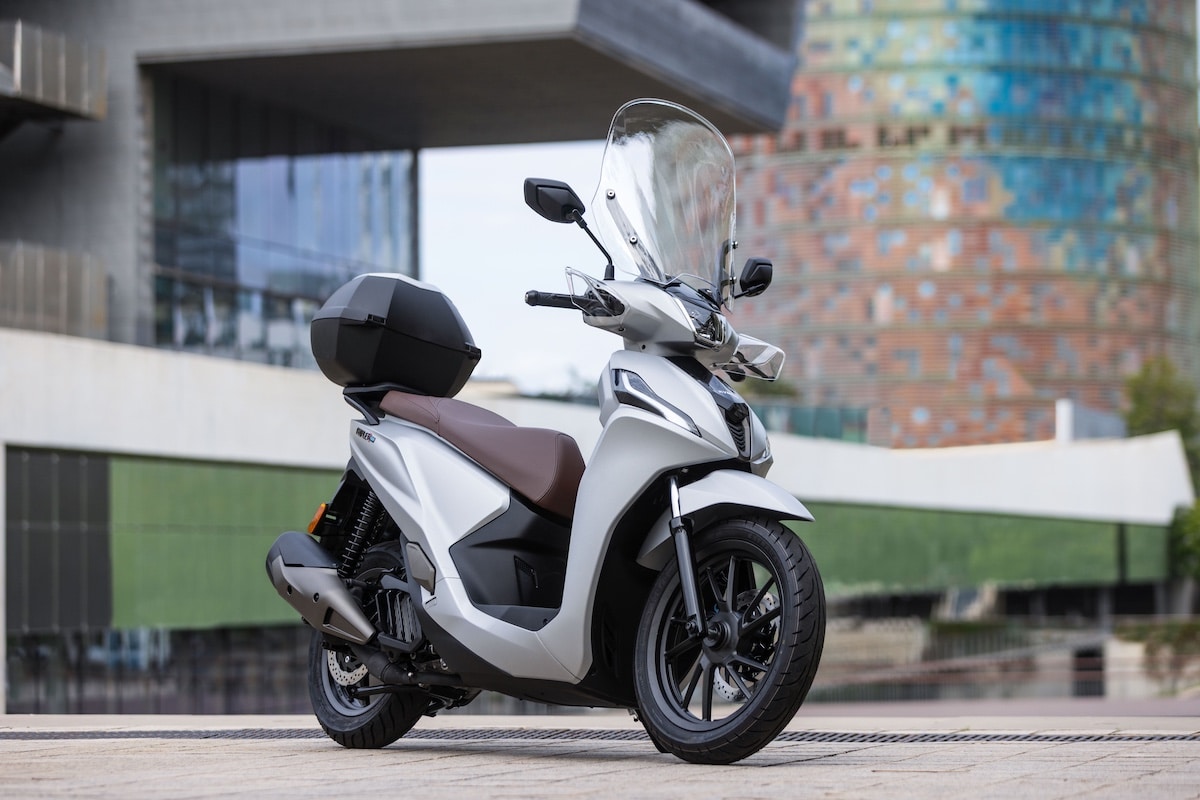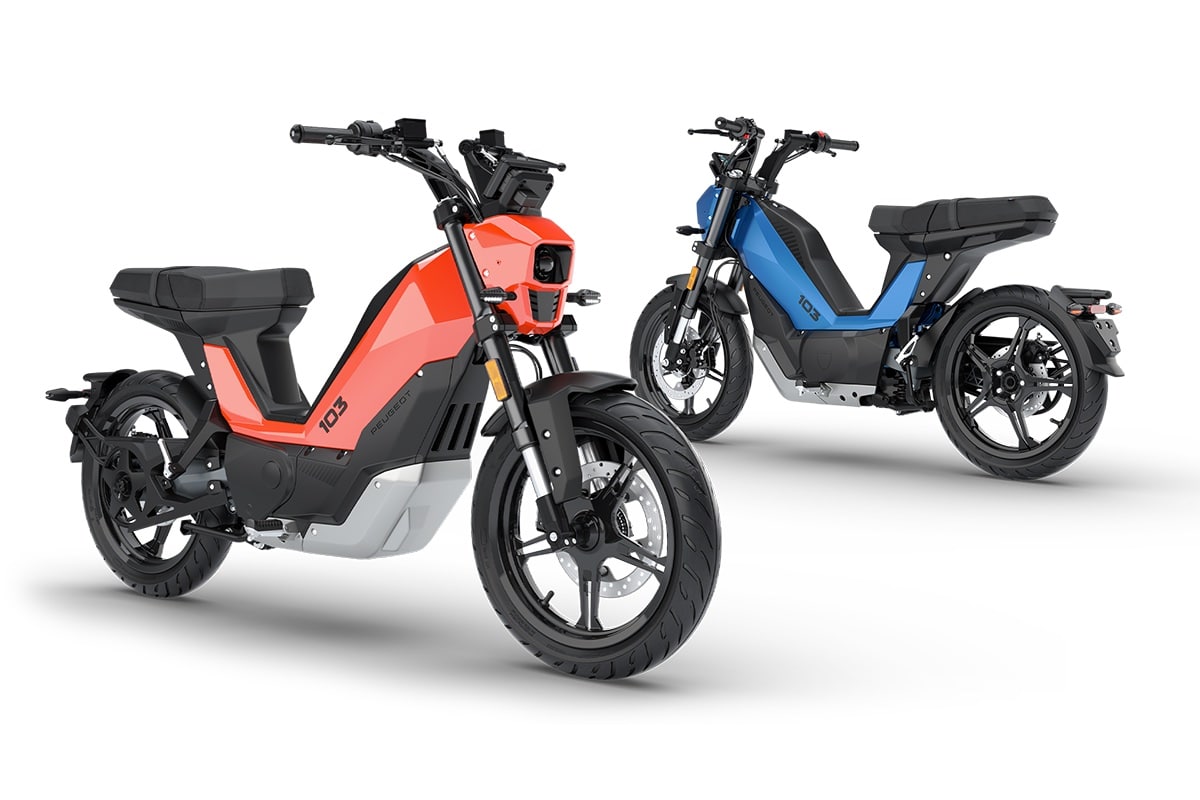Everything You Need to Know About Technical Inspections for Two-Wheel Vehicles

This mandatory technical check has become a reality since October 23rd, the date of publication of the order in the Official Journal.
The proposal to impose a technical inspection for two-wheeled motor vehicles (2RM) is a recurring issue that has reappeared regularly for the past 20 years. Despite large protests that brought together tens of thousands of motorcyclists and a public consultation that mobilized citizens, nothing has been able to change the government’s mind.
Motorcycle and scooter owners will therefore have to quickly comply, as some 2-wheel vehicles will be affected by this requirement starting in 2024.
To help them clarify the situation, the Federation of Motorcyclists of France presents the schedule and procedures of this new mandatory technical inspection.
The key dates to remember
The older the motorcycle or scooter, the closer the deadline! It should also be noted that this new periodic check applies to ALL vehicle types: two wheels, three wheels, and even small engines (including 50cc and 125cc).
The technical inspection must therefore be performed:
- By December 31, 2024, for vehicles registered before January 1, 2017;
- In 2025, for vehicles registered between January 1, 2017, and December 31, 2019;
- In 2026, for vehicles registered between January 1, 2020, and December 31, 2021;
- After 5 years, then every 3 years for vehicles registered starting January 1, 2022 (article R. 323-27 of the Highway Code);
- Every 5 years, except in cases of transfer of ownership, for classic vehicles.
Essential points of this “2 and 3-wheel” technical inspection
Motorcyclists will need to assist the technical inspector. At the inspector’s invitation, motorcyclists will go to the control area to help move their motorcycle. They must follow instructions and adhere to safety guidelines.
This arrangement concerns only larger engines, which are more difficult to handle.
8 areas will be examined
The technical inspection will focus on:
- Vehicle identification (plate, serial number);
- Braking system;
- Steering;
- Visibility;
- Lighting and electrical equipment;
- Rolling components (wheels, tires, suspensions);
- Chassis;
- “Other materials”;
- And nuisances (noise, pollutant emissions).
A motorcycle tech inspection that runs like a car inspection
The deficiencies identified by the technical inspector can be minor, major, or critical. In case of a major deficiency, motorcycle and scooter owners will have 2 months to make necessary repairs and undergo a reinspection. Otherwise, they will need to pass a new technical inspection. In case of a critical deficiency, the inspection is only valid for one day!
In practice, this means planning ahead to avoid receiving a failed inspection. Due to parts shortages, repair delays at garages can be very long.
Similarly, do not wait until the last minute to schedule an appointment at a control center: due to staff shortages, it often takes more than a week to get an appointment (source).
A sticker to display
The sticker must be affixed to the lower right part of the windshield, inside the vehicle, with the front visible from the outside. Motorcycles without a windshield (e.g., roadsters) are not subject to this requirement.
This page is translated from the original post "Tout savoir sur le contrôle technique pour les 2 roues" in French.
We also suggestthese articles:
Also read






